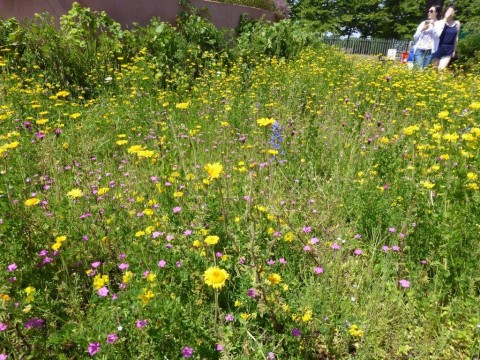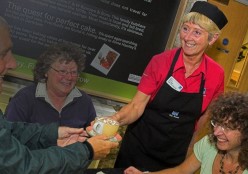Gardens and green spaces that back onto or are in close proximity to the countryside, in turtle dove hotspots of eastern and south-east England can provide useful additional habitats for these birds.
Create and protect nesting habitat
- Consider allowing hedges that back onto fields to grow as tall and wide as you can.
- Encourage and retain climbing plants such as traveller’s joy (wild clematis), honeysuckle and bramble in hedgerows.
- Provide a water resource such as a bird bath or, if your garden is large enough, a shallow-edged pond so that turtle dove and other birds have somewhere to drink. Water is vitally important for the adult turtle doves at squab (chick) rearing time because they produce a nutritious milk-like substance called crop milk which they feed to the young birds.
- If you have a large rural garden, try to maintain any scrubby patches and encourage scrub to develop near ponds.
Encourage seed for feed
- Simple changes to the plants you grow can result in a good supply of the summer seeds which turtle doves rely on. Planting plots with the following species may provide an important summer seed source for turtle dove – fumitory, black medick, red and white clover, common vetch, birds foot trefoil.
- The feeding habitat turtle doves need is best achieved by providing cultivated strips or plots. These areas can be created by repeatedly disturbing the soil through rotavating or simply digging over to prepare a fine tilth to sow the seed mix. After sowing, lightly rake the soil, then tread or roll to firm the seed bed. Cultivations should take place in the autumn between August – October.








